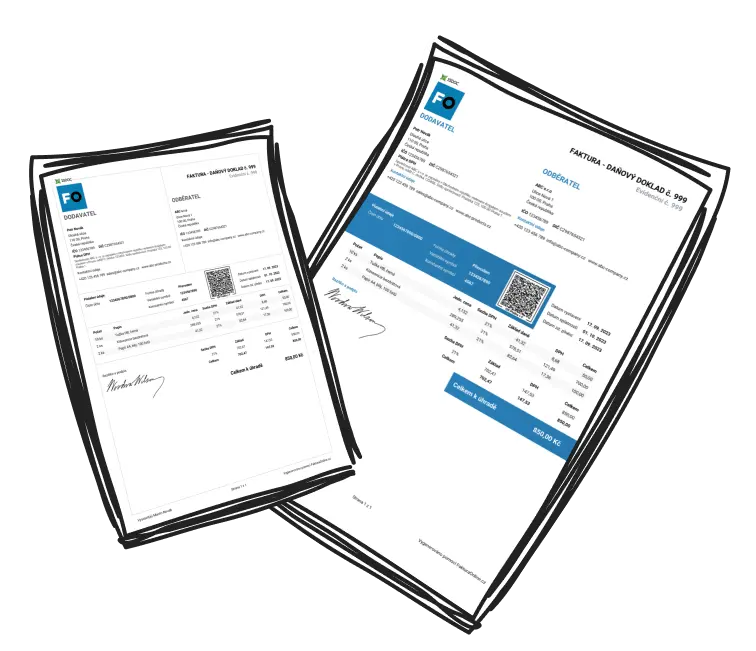For an effective invoicing process in your British small business, consider these essential steps:
- Commence with the invoice header, where you list your company's name, emblem, address, contact number, and email address.
- Make certain you distinctly mark your document as 'Invoice', granting it a unique invoice identifier and date of issue.
- Input your client's billing details, including their full name and address, into your invoice.
- Define payment terms and specify the payment due date to manage clear expectations.
- Be sure to itemise the products or services offered, detailing quantities, pricing, and the sum totals.
- Incorporate any relevant taxes and denote discounts when applicable.
- Calculate the amount owing meticulously and make it noticeably visible on your invoice.
- Include accepted payment methods and furnish bank details for transfer purposes within the invoice.
- Verify the accuracy of all information before dispatching the invoice to your client either via email or post.

Tip
To streamline the process and minimise errors, consider using invoicing software such as QuickBooks.
While this guide on drafting an invoice provides a simplified pathway, actual invoicing might differ according to specific industry or client demands in the UK.


